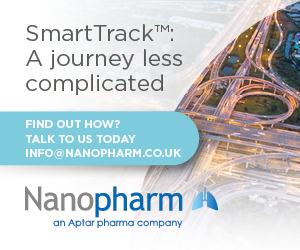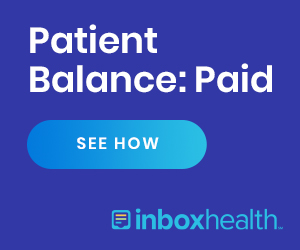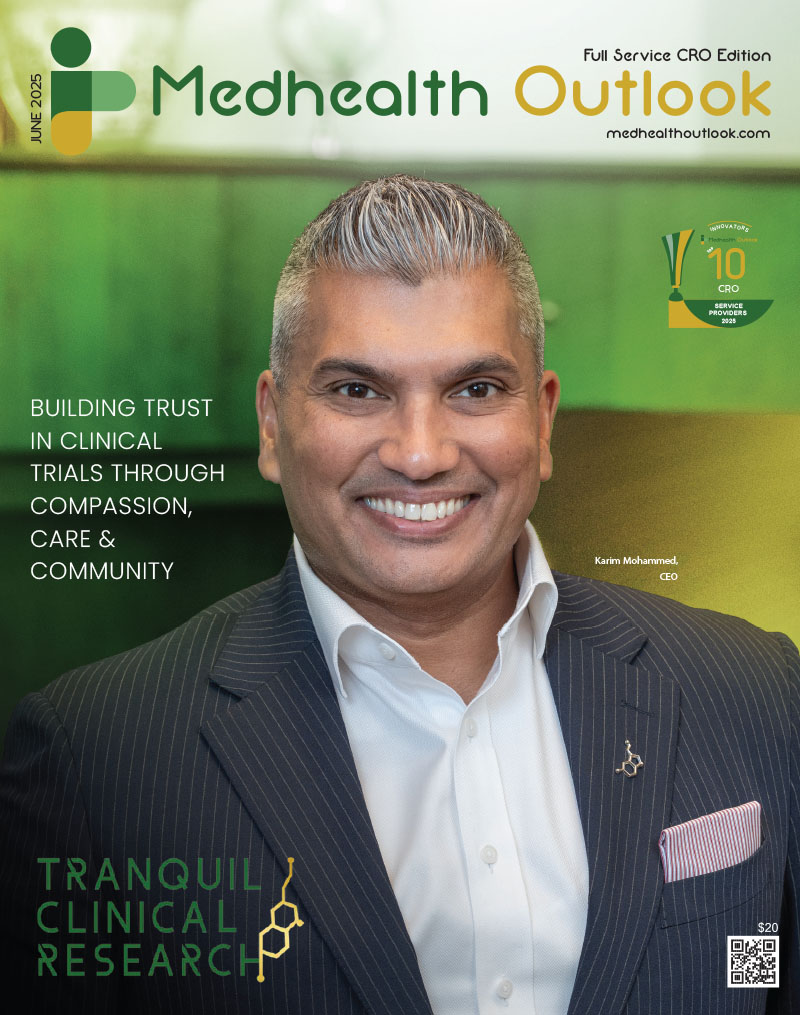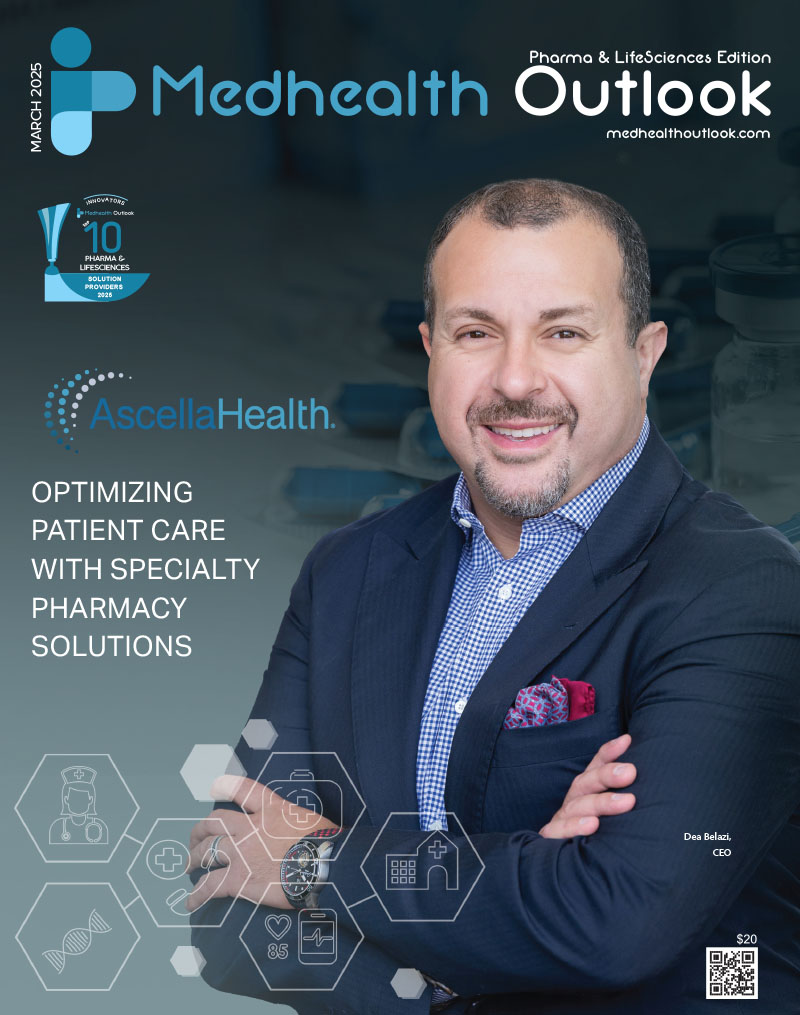Eli Lilly and Company has officially published positive topline results from the Phase 3 ATTAIN-2 trial which evaluated orforglipron, an investigational oral GLP-1 receptor agonist in adults with obesity or overweight and type 2 diabetes.
According to certain reports, this particular study saw all three doses of orforglipron successfully meeting the primary and all key secondary endpoints. The stated success translates to significant weight loss, meaningful A1C reductions, and improvements in cardiometabolic risk factors at 72 weeks.
For the primary endpoint, when taken once per day without food and water restrictions, the drug was able to lower weight by an average of 10.5% (22.9 lbs) compared to 2.2% (5.1 lbs) with placebo using the efficacy estimand.
On the other hand, for secondary endpoint, 75% of participants taking the highest dose of orforglipron achieved an A1C ≤6.5%, which is at or below the American Diabetes Association’s definition of diabetes.
Not just that, orforglipron also went on to display clinically meaningful benefits across key cardiovascular risk factors, including non-HDL cholesterol, systolic blood pressure and triglycerides. If we talk about a pre-specified exploratory analysis, the highest dose of orforglipron reduced high-sensitivity C-reactive protein (hsCRP) levels, a marker of inflammation, by 50.6%.
Taking a slightly deeper view of the observed results, the medication clocked patient weight reduction of -5.1% (-5.3 kg; -11.7 lbs; 6 mg), -7.0% (-7.2 kg; -15.9 lbs; 12 mg), -9.6% (-9.6 kg; -21.2 lbs; 36 mg), and -2.5% (-2.7 kg; -6.0 lbs; placebo).
Next up, we must expand upon the percentage of participants achieving body weight reductions of ≥10. Here, the figures represent 22.6% (6 mg), 31.2% (12 mg), 45.6% (36 mg), and 9.0% (placebo).
Moving on to percent of participants achieving body weight reductions of ≥15%, this includes 6.8% (6 mg), 14.4% (12 mg), 26.0% (36 mg), and 3.0% (placebo).
Beyond that, we have A1C reductions, where numbers shook out to be -1.2% (6 mg), -1.5% (12 mg), -1.7% (36 mg), and -0.5% (placebo).
Breaking it down further, percentage of participants achieving A1C <7% stood at 64.6% at 6 mg, 75.9% at 12 mg, 75.5% 36 mg, and 30.5% (placebo).
On the flipside, percentage of participants achieving A1C ≤6.5% included 52.5% (6 mg), 57.6% (12 mg), 66.6% (36 mg), and 15.4% (placebo).
Among other things, it ought to be acknowledged how the overall safety profile of orforglipron in ATTAIN-2 was consistent with the established GLP-1 receptor agonist class. The most commonly reported adverse events were gastrointestinal-related and generally mild-to-moderate in severity.
You see, the most common adverse events for participants treated with orforglipron (6 mg, 12 mg and 36 mg, respectively) were deemed to be nausea (20.1%, 31.1% and 36.4%) vs. 8.4% with placebo, vomiting (12.8%, 20.2% and 23.1%) vs. 3.8% with placebo, diarrhea (21.3%, 24.8% and 27.4%) vs. 15.0% with placebo, constipation (17.7%, 21.1% and 22.4%) vs. 7.8% with placebo, and dyspepsia (9.1%, 15.4% and 10.9%) vs. 3.5% with placebo.
As for discontinuation rates due to adverse events, they were reported to be 6.1% (6 mg), 10.6% (12 mg) and 10.6% (36 mg) for orforglipron vs. 4.6% with placebo. Overall treatment discontinuation rates were, all in all, balanced across the treatment groups with 19.1% (6 mg), 22.3% (12 mg) and 20.5% (36 mg) for orforglipron vs. 20.0% with placebo.
“The ATTAIN-2 results reinforce the potential for orforglipron, as a once-daily oral, to deliver meaningful weight loss and A1C reduction, consistent with similar landmark trials for injectable GLP-1s,” said Kenneth Custer, Ph.D., Lilly executive vice president and president of Lilly Cardiometabolic Health. “With these positive data in hand, we are moving with urgency toward global regulatory submissions to potentially meet the needs of patients who are waiting. If approved, we are ready to offer a convenient, once-daily pill that can be scaled globally — removing barriers and redefining how obesity is treated around the world.”



















